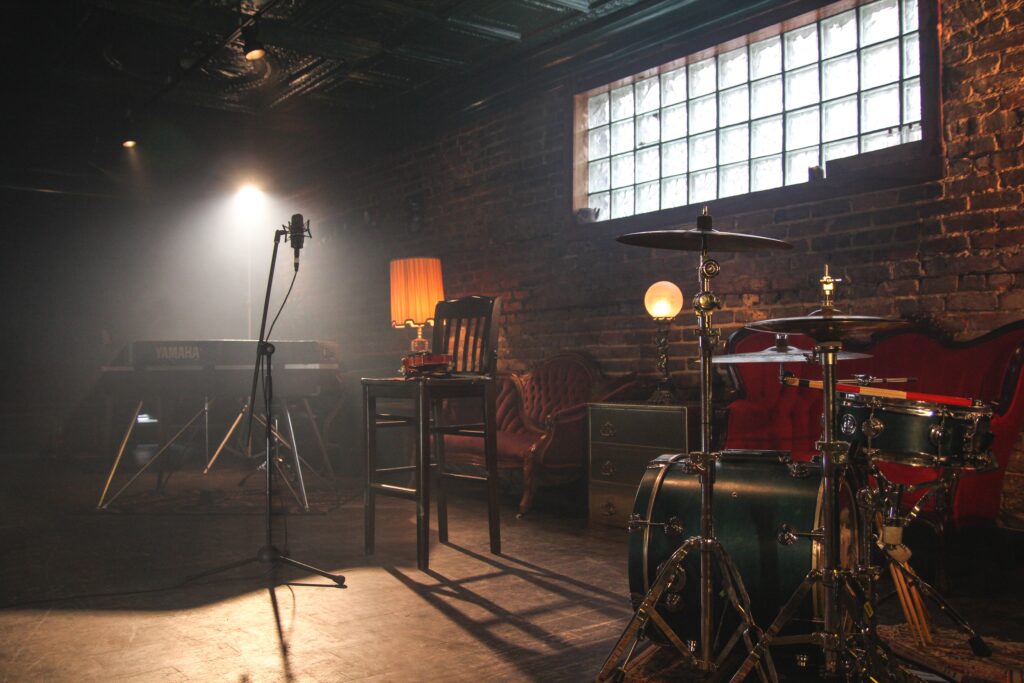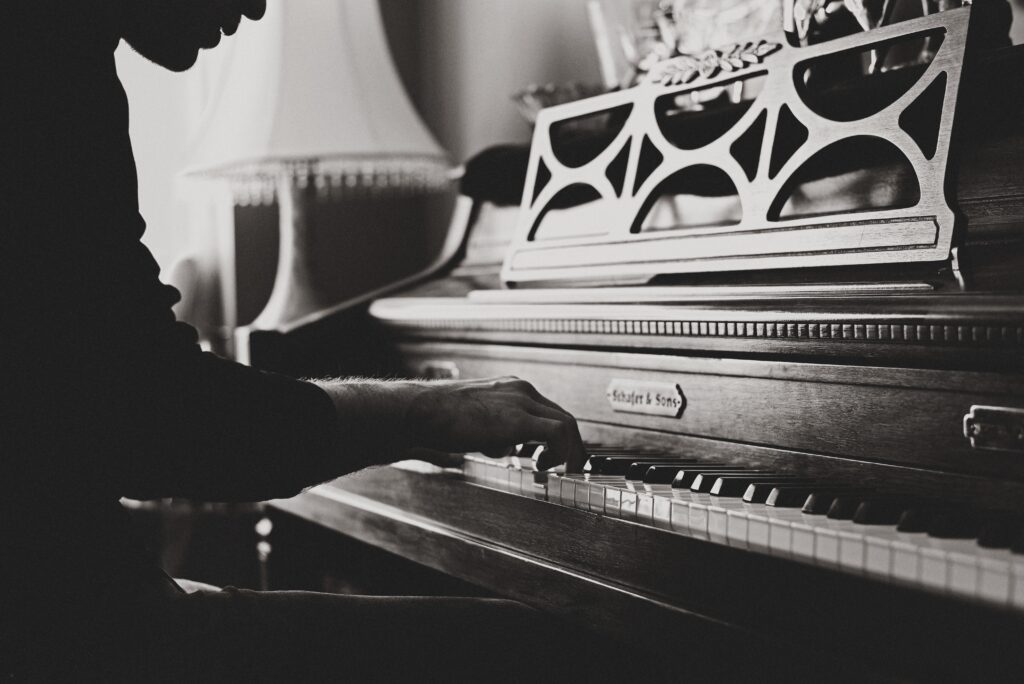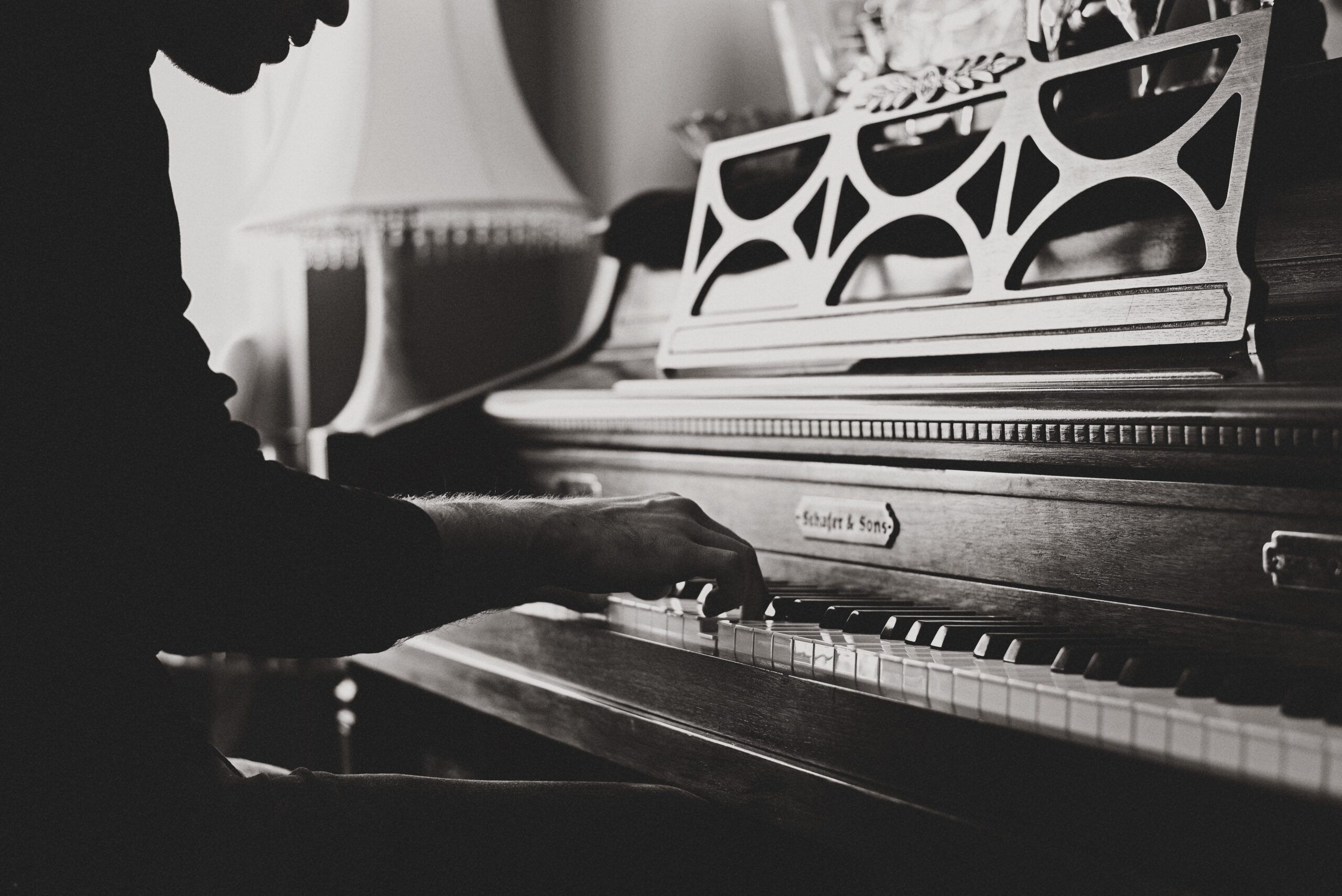Courtney Bryan is a pianist and composer who has recently been recognized with the prestigious MacArthur “genius” grant. While her name may not be widely known yet, Bryan’s unique fusion of different musical styles is garnering attention in the music world. With a background in classical and jazz music, Bryan’s compositions have caught the interest of symphony orchestras, chamber musicians, vocal groups, and jazz performers. Her ability to seamlessly combine elements from various genres creates a distinct sound that is entirely her own. From incorporating gospel and jazz elements to infusing political commentary, Bryan’s music is captivating and thought-provoking. As she continues to gain recognition and sign with influential music publishers, it won’t be long before Courtney Bryan’s music is widely celebrated and enjoyed by audiences worldwide.
Courtney Bryan’s Unique Fusion of Musical Styles
Courtney Bryan, a pianist and composer, has gained recognition for her unique and innovative fusion of musical styles. Born in New Orleans, Bryan’s background and accomplishments have shaped her distinctive and groundbreaking approach to composition and performance.

Courtney Bryan’s Background and Accomplishments
Courtney Bryan’s musical journey began with her early jazz-tilting albums, released in 2007 and 2010. These albums showcased Bryan’s talent as a pianist and composer, laying the foundation for her future success. Her musical prowess and artistic vision led to her receiving the prestigious MacArthur “genius” grant, further solidifying her status as an influential figure in the music industry.
In addition to her recognition as a MacArthur Fellow, Bryan also earned a doctorate in Composition from Columbia University. This academic achievement reflects her commitment to pushing the boundaries of musical expression and exploring new avenues of artistic exploration. Furthermore, Bryan’s talent and innovation caught the attention of Boosey & Hawkes, a renowned music publisher, leading to her signing with the influential company. Boosey & Hawkes recognizes Bryan’s exceptional talent and potential, providing the platform for her music to reach a wider audience.
Influence of George E. Lewis on Bryan’s Musical Style
One significant influence on Bryan’s musical style is George E. Lewis, a prominent composer, trombonist, and computer-music pioneer. Lewis played a crucial role in encouraging Bryan to fuse different styles and genres in her compositions. He pushed her to think beyond traditional boundaries and helped her realize the full extent of her artistic capabilities. Additionally, Lewis introduced Bryan to like-minded students, fostering a supportive and collaborative environment that nurtured their creative growth. One of these colleagues, Matthew D. Morrison, acknowledges the profound impact of their conversations and collaborations, stating that his forthcoming book, “Blacksound,” was heavily influenced by their shared ideas and discussions.

Bryan’s Direct Approach to Political Commentary
Bryan is known for her direct approach to political commentary in her musical compositions. One of her notable contributions to classical music has been putting Black Lives Matter on the classical music table. Her works address important social issues without adhering to a single dogmatic approach. Bryan’s compositions are not conventionally tonal or atonal but instead incorporate lush orchestration while maintaining elements of sparseness. This unique combination creates a powerful and thought-provoking musical experience that encourages listeners to reflect on the state of the world.
Use of Eclectic References in ‘DREAMING’
In her composition titled ‘DREAMING,’ Bryan showcases her talent for incorporating eclectic references. This piece incorporates text from a dissent by Justice Ketanji Brown Jackson and other legal opinions, bringing together elements of the legal and musical realms. Additionally, ‘DREAMING’ incorporates gospel and jazz elements, creating what George E. Lewis describes as “strange resonances.” Through her innovative use of these diverse references, Bryan challenges listeners to explore new sonic landscapes and think critically about the connections between different art forms.

Transfiguring Trends in Experimental Orchestration and Gospel Tradition
Bryan’s compositions, such as ‘Yet Unheard’ and ‘Sanctum,’ exemplify her ability to transfigure trends in experimental orchestration and gospel tradition. In ‘Yet Unheard,’ Bryan weaves together experimental orchestration and poetry by Sharan Strange to commemorate the life of Sandra Bland, a Black woman who tragically lost her life. This piece explores the intersection of experimental sounds and gospel themes, creating a deeply moving and evocative experience. Similarly, ‘Sanctum’ combines influences from Pastor Shirley Caesar’s sermons, marching band percussion, and rhythmic exultations of street protests to create a powerful and compelling composition.
Religious Themes in Bryan’s Requiem
Bryan’s Requiem showcases her exploration of religious themes through music. This composition sets Greek and Latin text from the Mass as well as selections in English from Ecclesiastes and Psalm 23. During the lockdown portion of the pandemic, performances of Bryan’s Requiem by the Chicago Symphony Orchestra and the Quince Ensemble provided solace and introspection during challenging times. By incorporating religious texts and themes into her music, Bryan offers listeners a space for reflection and spiritual connection.
Unique Combination of Extended Techniques and Traditional Chamber Writing
Bryan’s compositions feature a unique combination of extended techniques and traditional chamber writing. The mezzo-soprano Kayleigh Butcher, a member of Quince Ensemble, praises Bryan’s ability to fuse extended techniques, such as whispering and chanting, with more traditional chamber writing. This synthesis of elements creates a distinctive and captivating musical experience. Bryan’s compositions go beyond the dichotomy of purely extended techniques or traditional chamber writing, challenging traditional notions of musical categorization and pushing the boundaries of what is possible in contemporary music.
Incorporation of Jazz-Piano History in ‘House of Pianos’
In Bryan’s composition ‘House of Pianos,’ she incorporates references to jazz-piano history. Bryan pays tribute to influential pianists who have inspired her, including Ellis Marsalis and Stanley Cowell. Lessons from these jazz legends and Bryan’s own deep understanding of jazz-piano history culminate in a composition that seamlessly blends boogie-woogie, Harlem stride, and innovative harmonic approaches. Additionally, Bryan draws inspiration from her former teacher Roger Dickerson’s ‘New Orleans Concerto,’ further enriching the layers of references and influences in ‘House of Pianos.’
Bryan’s Pianistic Prowess on Early Recordings
Bryan’s early recordings exemplify her pianistic prowess and innovative approach to composition. Morrison highlights a particularly remarkable moment in Bryan’s rendition of “City Called Heaven” from her first album, “Quest for Freedom.” In this rendition, Bryan transforms the spiritual piece through experimental rhythmic touches and “Chopinesque” figurations, showcasing her ability to seamlessly merge different musical styles. Bryan’s early recordings offer a glimpse into her artistic development and serve as a testament to her extraordinary talent as both a pianist and composer.
Courtney Bryan’s unique fusion of musical styles, coupled with her accomplished background and impressive accomplishments, solidify her place as an influential figure in contemporary music. Her direct approach to political commentary, use of eclectic references, and talent for transfiguring trends in orchestration and tradition set her apart as a visionary in the music industry. Bryan’s compositions reflect her deep understanding of religious themes, her ability to combine extended techniques with traditional chamber writing, and her incorporation of jazz-piano history. As listeners explore her early recordings, they bear witness to Bryan’s pianistic prowess and innovative musical approach. Courtney Bryan’s contributions to the world of music are powerful, thought-provoking, and destined to shape the future of contemporary composition and performance.

